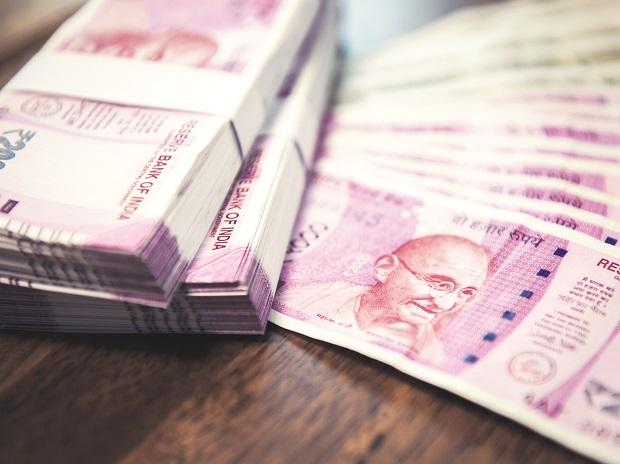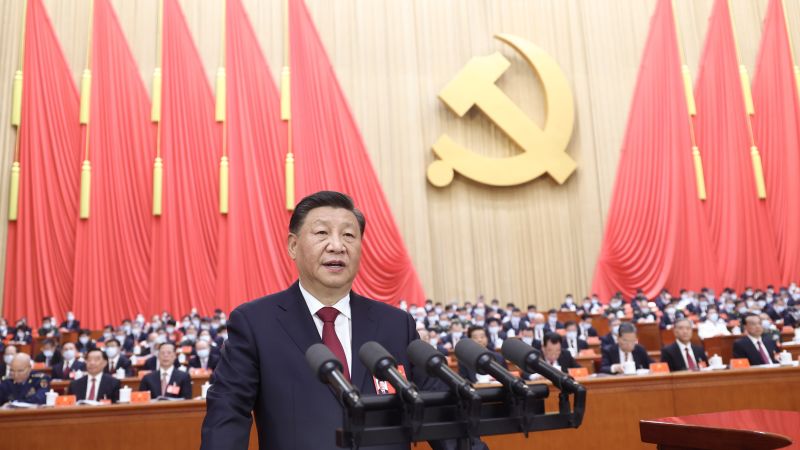The Centre has reduced its borrowing target for the financial year 2022-23 (FY23) by Rs 10,000 crore to Rs 14.21 trillion amid robust tax collections.
The government will borrow Rs 5.92 trillion, or 41.6 per cent of the new FY23 target, in October-March, including from the issuance of its maiden sovereign green bonds of Rs 16,000 crore, the finance ministry said on Thursday.
The gross market borrowing of Rs 5.76 trillion (excluding green bonds) will be completed through 20 weekly auctions. The market borrowing will be spread over 2, 5, 7, 10, 14, 30, and 40 years securities, the ministry said in a statement, adding that the details regarding green bonds would be announced later.
The government feels that tax revenue collections will be comfortable this year, and that the fiscal deficit can be financed through other means such as the National Small Savings Funds, a senior official told Business Standard, giving reasons for the reduction in the gross borrowing target.
“We will hold more consultations with market participants and investors. The guidelines for green bonds could be out by late October or November. These will be rupee-denominated green bonds and may be open to foreign investors as well,” the official said. “We are just testing the market.
It is an indication that the government is looking at rates which are most attractive.”
The borrowing will be completed in nine weekly tranches of Rs 30,000 crore, 10 tranches of Rs 28,000 crore, and one tranche of Rs 26,000 crore.
The 2022 Union Budget had set a gross borrowing target of Rs 14.95 trillion for FY23. This was later reduced to Rs 14.31 trillion after the Reserve Bank of India’s switch operation worth Rs 63,500 crore in February.
The Centre had announced it would borrow Rs 8.45 trillion in the first half of FY23 (April-September), but ended up borrowing only Rs 8.29 trillion.
“The government expects the fiscal deficit to be contained. Or, even if there is slippage, it will be made up by other sources like cash balances or NSS and not market borrowings,” said Madan Sabnavis, chief economist, Bank of Baroda.
The share of borrowing, excluding sovereign green bonds, under different maturities will be 2 year (6.25 per cent), 5 year (12.15 per cent), 7 year (10.42 per cent), 10 year (20.83 per cent), 14 year (19.10 per cent), 30 year (15.63 per cent) and 40 year (15.63 per cent).
“The government will continue to carry out switch operations to smoothen the redemption profile. Out of the Rs 1 trillion of budget estimate switch amount, Rs 56,103 crore of switch auctions have already been conducted and the balance will be conducted in H2,” the official statement said.
The Centre will continue to exercise the greenshoe option to retain an additional subscription of up to Rs 2,000 crore against each of the tranches. The amount raised through this option will be limited to 3 to 5 per cent of the gross issuance for H2 and within the full-year target.
In spite of higher-than-budgeted food and fertilizer subsidy outlay this year, officials and independent analysts say the fiscal deficit target for the year – 6.4 per cent of nominal GDP — can still be achieved.
Note:- (Not all news on the site expresses the point of view of the site, but we transmit this news automatically and translate it through programmatic technology on the site and not from a human editor. The content is auto-generated from a syndicated feed.))



